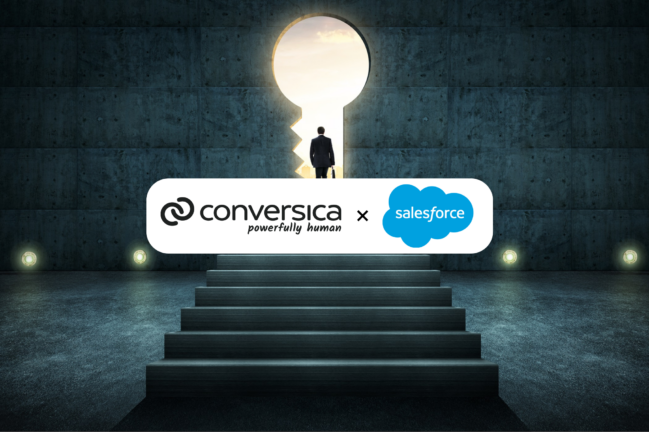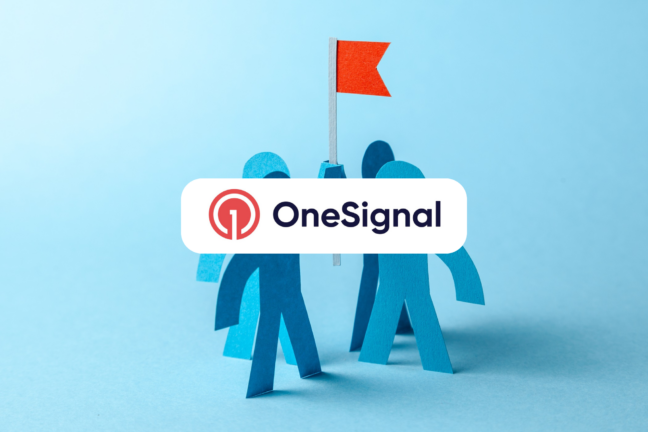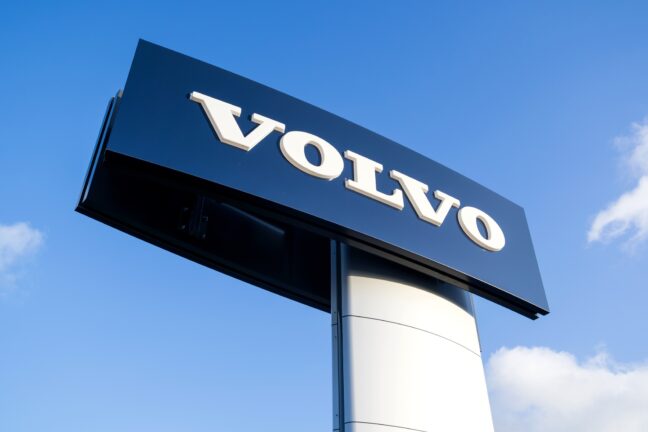The US economy is undergoing significant changes, influenced by digital retail transformations and shifts in consumer preferences. SAP Emarsys has released insights from its 2023 Customer Loyalty Index, offering a deeper look into how consumers interact with brands and how their loyalty patterns evolve.
After a worldwide decrease in loyalty, the United States witnessed a 14% drop in customer loyalty. This loyalty decline, encompassing individuals loyal to one or more brands, declined from 79% in 2022 to 68% in 2023.
Looking at the five loyalty categories outlined in the SAP Emarsys Customer Loyalty Index, 49% of consumers fall into "incentivized loyalty." However, incentivized loyalty has experienced a significant decline, falling by 36% from 76% to 49%.

“Consumers now expect their loyalty to be rewarded by personalized and value-adding experiences. Achieving this level of customer devotion is made possible with AI-driven technologies, empowering retail marketers to gain precise insights into customer preferences, so they can deliver perfectly timed and tailored experiences at every touchpoint. As consumers' loyalty types shift, it is imperative marketers adapt by understanding changing consumer behaviors and leverage all available tools and data to attain and retain true customer loyalty," said Kelsey Jones, Global Head of Product Marketing, SAP Emarsys.
Transformation of brand loyalty
Brand loyalty has gone through a transformation over time. In 2023, there has been a decline in the appeal of incentivized loyalty. This is because incentivized loyalty relies on temporarily reduced prices, which tend to be short-lived. Although 49% of Americans still expect to receive regular discounts, loyalty points, and incentives, 59% of them admit they would switch to a different product if a cheaper alternative was available.
Retailers must demonstrate an understanding of their customers, as even when customers are not actively engaged, they might return to a brand when they can afford to do so. For instance, 18% of consumers feel they can no longer afford to be loyal. Additionally, there is a growing trust in AI, with 22% of American shoppers becoming more loyal to brands that offer the best personalized deals.
The need for loyalty rewards
Moreover, American consumers are increasingly seeking concrete rewards for their loyalty to brands. Customized discounts and offers are particularly effective, with 50% of respondents stating that having a loyalty card or account impacts their spending choices with a brand. Also, 43% of US consumers expect better prices as a reward for their loyalty, while 46% anticipate exclusive offers as a benefit of their brand loyalty.
Additionally, 18% of individuals have enrolled in or started using more loyalty programs to ensure they receive the best value from brands. Some customers also place higher value on loyalty cards that offer VIP experiences. The flexibility offered by these loyalty cards is excellent news for retailers seeking to prioritize long-term customer value, especially through tools like mobile wallets that provide convenient access to personalized deals.
These findings underscore the importance of embracing omnichannel personalization, harnessing customer experience technologies, and leveraging data-driven insights as essential strategies to maintain a competitive advantage in the market.
Personalization is key
American consumers are increasingly demanding personalized and positive shopping experiences. In fact, 52% are willing to switch brands if they face unsatisfactory interactions, an increase from 48% in 2022. Retailers who excel in customer service (52%), offer discounts, incentives, and rewards (49%), and provide diverse options for customers to take advantage of these rewards (39%) are more likely to retain their loyal customer base.









